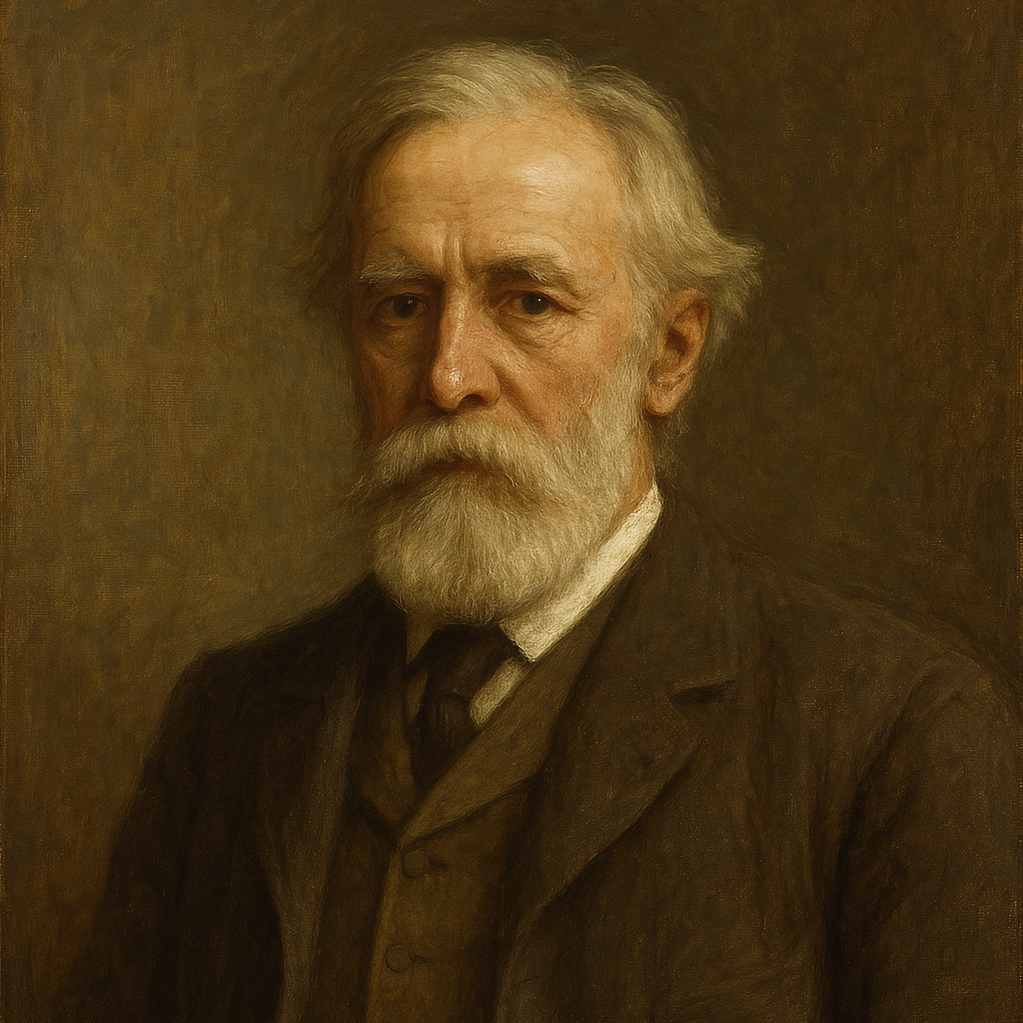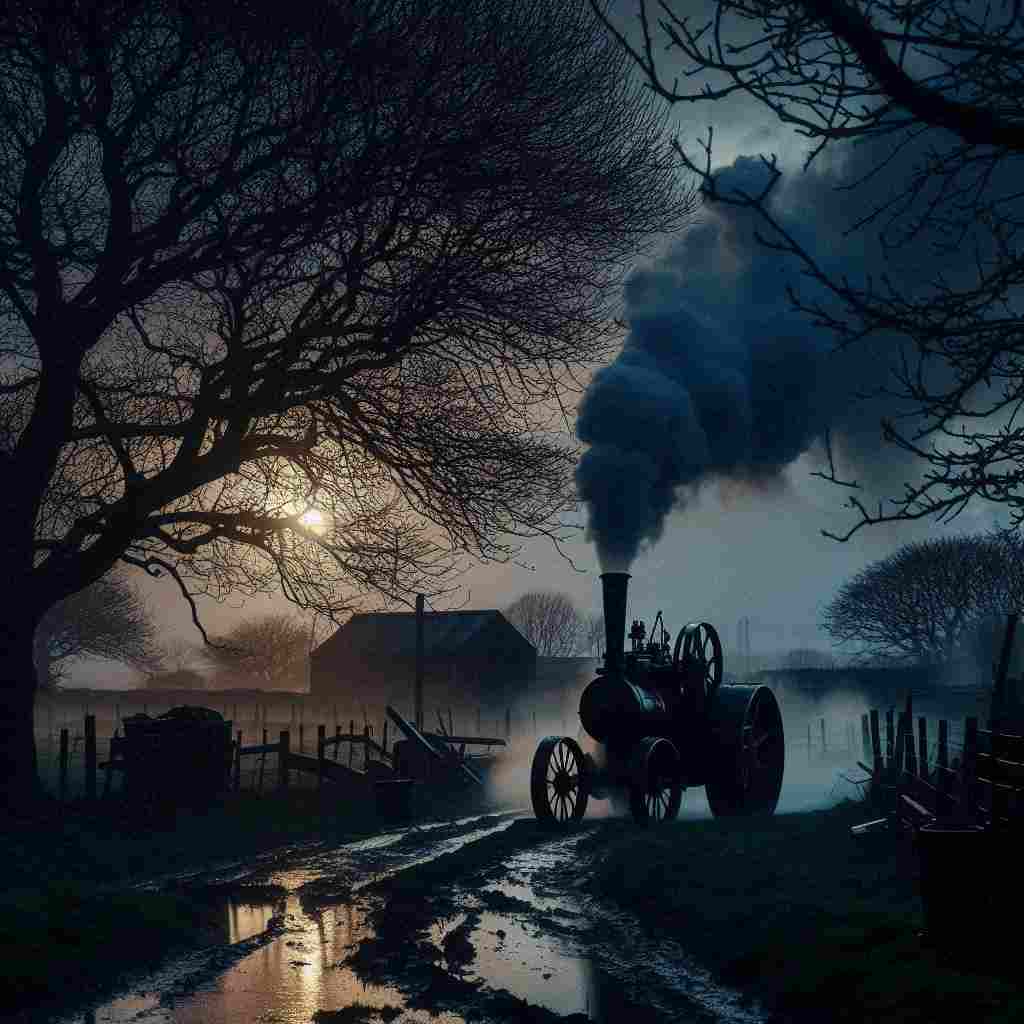2 Poems by Robert Bridges
1844 - 1930
Robert Bridges Biography
Robert Bridges, a figure of considerable influence in English poetry during the late 19th and early 20th centuries, led a life marked by diverse pursuits and artistic innovation. Born on October 23, 1844, in Walmer, Kent, Bridges came from a well-to-do family, which afforded him educational opportunities that would shape his future career and poetic sensibilities.
Educated at Eton College and Corpus Christi College, Oxford, Bridges initially pursued a career in medicine. He studied at St. Bartholomew's Hospital in London and qualified as a doctor in 1874. This scientific background would later inform his poetry, lending it a precision and attentiveness to detail that became hallmarks of his style. However, Bridges' medical career was relatively short-lived; he left the profession in 1882 due to health concerns, a decision that allowed him to devote himself fully to poetry.
Bridges' poetic career began in earnest with the publication of his first collection, "Poems," in 1873. This work, though not widely recognized at the time, laid the foundation for his future contributions to English verse. Throughout his life, Bridges would publish numerous volumes of poetry, including "Shorter Poems" (1890), "The Growth of Love" (1876-1889), and "New Verse" (1925). His magnum opus, "The Testament of Beauty," appeared in 1929, just one year before his death, and is considered by many scholars to be his crowning achievement.
One of Bridges' most significant contributions to English poetry was his experimentation with prosody. He was particularly interested in reviving classical meters and adapting them to the English language. This fascination led him to develop what he called "neo-Miltonic syllabics," a system of versification based on syllable count rather than stress. This innovative approach is evident in works such as "Ibant Obscuri" and parts of "The Testament of Beauty." Bridges' experiments with meter and form influenced later poets and contributed to the ongoing evolution of English prosody.
Bridges' poetry is characterized by its technical precision, intellectual depth, and keen observation of nature. He often drew inspiration from the countryside around his home in Boar's Hill, near Oxford, where he lived for much of his later life. His work reflects a deep engagement with the natural world, as seen in poems like "London Snow" and "Nightingales." This connection to nature was not merely aesthetic; Bridges was also concerned with environmental issues, a theme that becomes more pronounced in his later works.
In addition to his original poetry, Bridges made significant contributions to literary scholarship and criticism. He edited and published the poems of his friend Gerard Manley Hopkins, who had entrusted Bridges with his manuscripts before his death. Bridges' efforts were instrumental in bringing Hopkins' innovative and now highly regarded poetry to public attention. He also produced critical works on Milton, Keats, and other poets, demonstrating his deep engagement with the English poetic tradition.
Bridges' literary achievements were recognized in 1913 when he was appointed Poet Laureate, a position he held until his death in 1930. As Laureate, he composed poems for national occasions, but he also used the platform to promote his ideas about poetry and language. He was a staunch advocate for the purity of the English language and was involved in efforts to reform English spelling.
Throughout his career, Bridges maintained connections with other notable literary figures of his time. He corresponded with poets such as Robert Frost and Ezra Pound, and his work was admired by younger poets like W.B. Yeats. These relationships placed him at the center of literary debates and movements of the early 20th century, even as his own poetic style remained somewhat apart from the modernist trends of the period.
Bridges' personal life was marked by both tragedy and contentment. He married Monica Waterhouse, daughter of the architect Alfred Waterhouse, in 1884. The couple had three children, but their only son was killed in World War I, a loss that deeply affected Bridges and influenced his later poetry. Despite this sorrow, accounts suggest that Bridges found great happiness in his family life and his rural retreat at Boar's Hill.
In his later years, Bridges continued to write and publish, maintaining his commitment to poetry until the end of his life. "The Testament of Beauty," published when he was 85, is a philosophical poem of over 4,000 lines that explores themes of beauty, nature, and human consciousness. This work, which combined his lifelong interests in science, philosophy, and poetry, was widely acclaimed and secured his reputation as a major poet.
Robert Bridges died on April 21, 1930, leaving behind a body of work that continues to interest scholars and poets. His legacy is complex: while he was sometimes viewed as conservative in his poetic tastes, his experiments with meter and form were innovative and influential. His role in preserving and promoting Hopkins' poetry alone would secure him a place in literary history, but his own poetic achievements ensure that he is remembered as a significant figure in his own right.
Bridges' work represents a unique bridge between Victorian sensibilities and modernist innovations, making him a fascinating subject for literary scholars. His poetry, with its blend of traditional forms and experimental techniques, continues to offer rich material for analysis and appreciation. As both a practitioner and a theorist of poetry, Robert Bridges made lasting contributions to English literature, earning him a place among the notable poets of his era.
This text was generated by AI and is for reference only. Learn more
Username Information
No username is open
Everything is free to use, but donations are always appreciated.
Quick Links
© 2024-2025 R.I.Chalmers (V2Melody).

All music on this site by R.I.Chalmers (V2Melody) is licensed under a Creative Commons Attribution-NonCommercial 4.0 International License.
Attribution Requirement:
When using this music, you must give appropriate credit by including the following statement (or equivalent) wherever the music is used or credited:
"Music by R.I.Chalmers (V2Melody) – https://v2melody.com"
Support My Work:
If you enjoy this music and would like to support future creations, your thanks are always welcome but never required.
Thanks!



